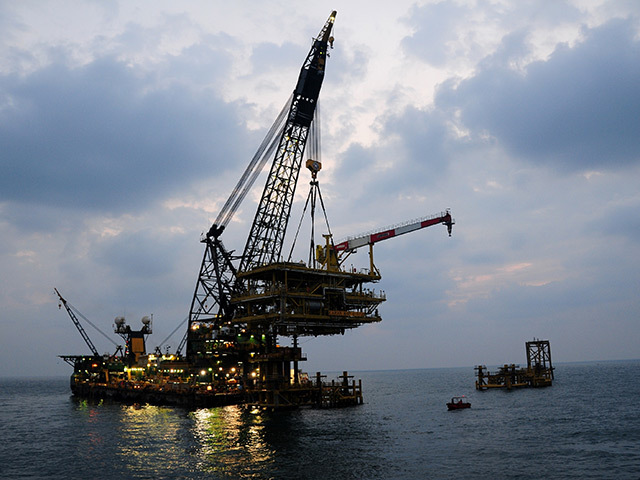
Global conventional oil and gas reserves could amount to nearly 1.4trillion barrels worth – with more than a trillion of that still not subject to development plans.
The figures, from Wood Mackenzie’s latest upstream outlook, indicate that more than half of the discoveries still to be developed are economic – with around $760billion of ‘good technical’ reserves available.
Easier to access European resources, including the UK and Norwegian continental shelves, are worth around $24billion, while oil resources in the Middle East could be worth up to $185billion, according to the research.
“The massive undeveloped resources of the Middle East (367 bnboe) lead the way,” said Wood Mackenzie upstream analyst David Highton.
“These include the undeveloped volumes in the super-giant North/South Pars gas field which extends between Qatar and Iran in the Persian Gulf. Combining both countries’ share, this is the largest single technical reserve in the world.”
Many of the best areas for these exploitable resources are ones where access may be limited for international oil companies, but will prove a major part of the 300billion boe that are expected to come on stream within the next decade.
Commercialising those resources will prove difficult in some cases, warned Highton, even with sustained oil prices and advances in technology.
“There are a number of obstacles and complexities which continue to hamper efforts to tap into the US$760 billion prize” he said.
“These could be the lack of accessible markets or available infrastructure, political or environmental issues, operator constraints, or simply low resource volumes for the particular location.
“Many obstacles are simply beyond the influence of any one company. It will require investment, technical expertise, patience and diligence, by companies of all sizes, to overcome the challenges”.
The report finds that the most commercial reserves yet to be developed are gas-based, with 60% of the global resources as gas. In the Asia-Pacific region more 85% of resources are gas, whereas North and Latin America are predominatly oil-based.
